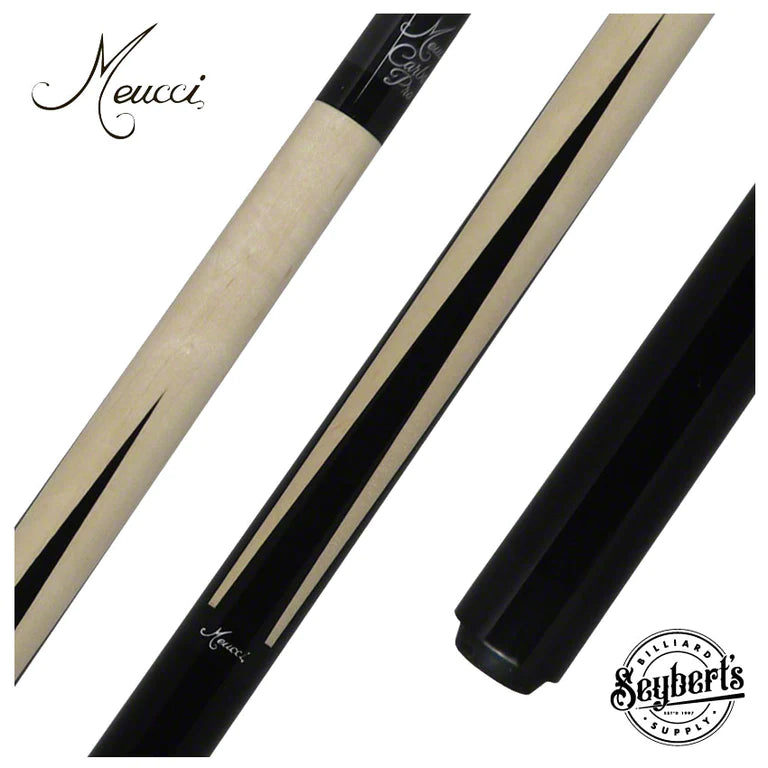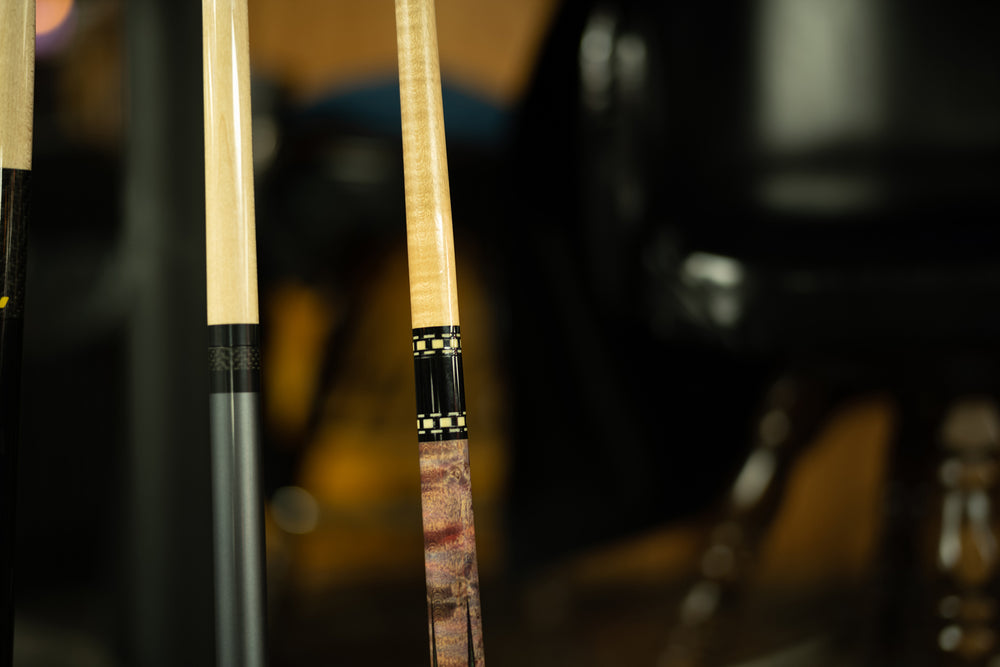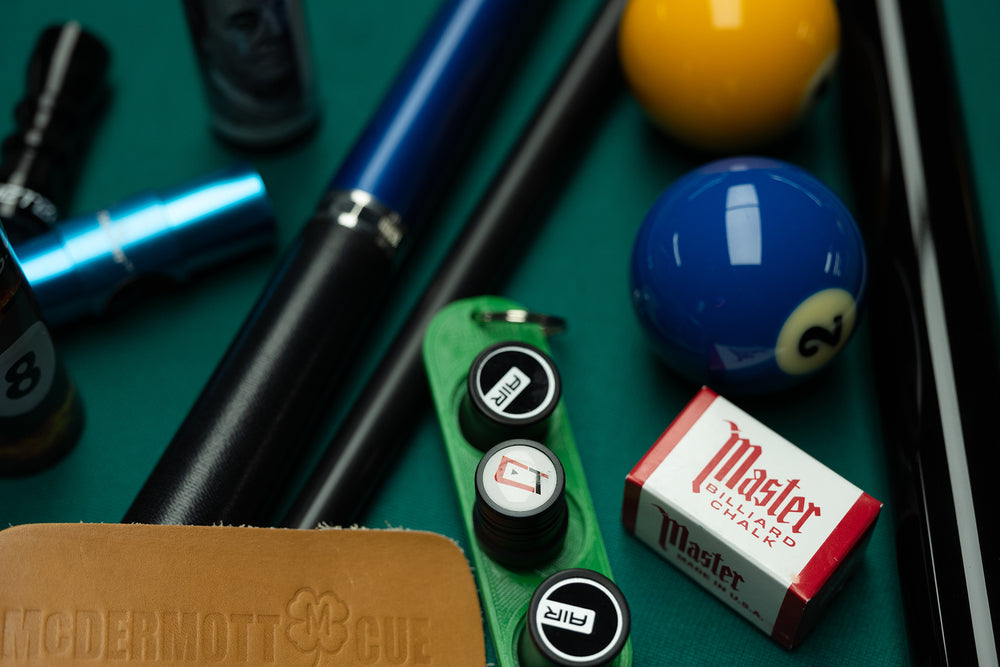
Sneaky Pete Pool Cues - A Brief History
Table of Content
The history of the "Sneaky Pete" pool cue is deeply rooted in the subculture of pool hustling and the desire to gain an advantage over opponents through deception. The term "Sneaky Pete" is believed to have originated from a pool player named Pete Margo, who was known for using a cue that appeared to be a basic house cue while secretly having a high-quality construction.
The concept behind the Sneaky Pete cue was to create a cue that looked unassuming, like a typical bar or house cue, while having the performance capabilities of a high-quality custom cue. This allowed players to hustle or trick their opponents into underestimating their skills based on the cue's appearance.
In the mid-20th century, particularly during the golden age of pool hustling in the United States, players sought ways to gain an edge over their opponents and win bets. The Sneaky Pete cue became a tool of choice for some hustlers, as it gave the appearance of a casual player using an ordinary cue, while in reality, they were wielding a well-crafted cue that enhanced their gameplay.
Typically, a Sneaky Pete cue is constructed with a higher quality of wood and craftsmanship internally while featuring a plain or simple exterior design to mask its true nature. This design was meant to make it difficult for opponents to judge the cue's quality based on looks alone.
Over time, the Sneaky Pete cue has become popular among players for its aesthetic simplicity and ability to surprise opponents. Today, it remains a distinctive style of pool cue, appreciated for its blend of understated appearance and hidden performance capabilities. However, it's essential to emphasize fair play and sportsmanship in the use of any cue, including Sneaky Pete cues.


